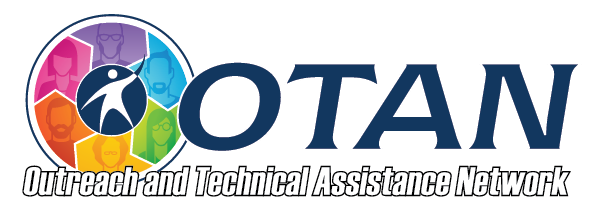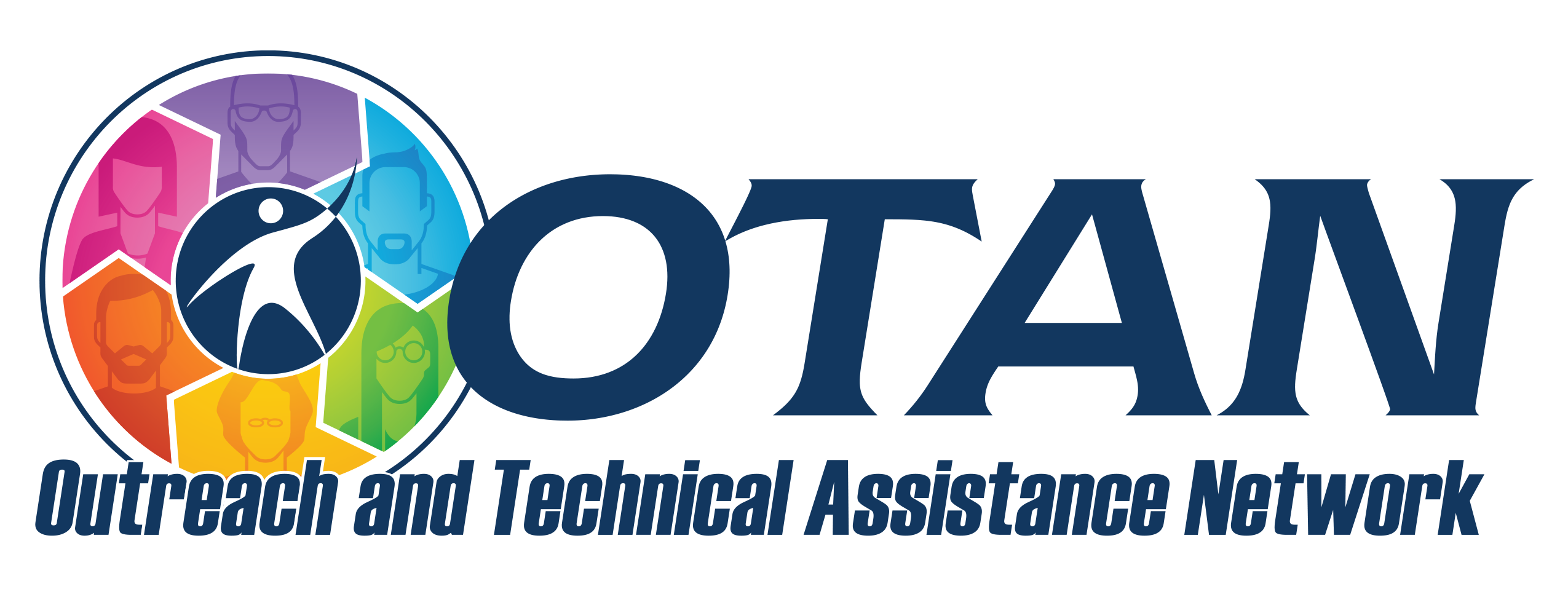Search
Decipher Emoji Stories
Details
Activity Description
Students work individually or in pairs or teams to write a story and then translate it to emoji using Emoji Translate for another student or team to decipher.
Preparation
1. Plan and execute a lesson on how to write a narrative, a grammar or verb tenses lesson that you intend to connect to the activity, or a parts of speech lesson.
2. Practice with the site.
3. Make sure that the site is not blocked at your school if you will have the teams do the random generation of emojis using the site.
How-To
1. Have students individually or in pairs write a story with a prompt you provide or a list of five to 10 words. Provide feedback on their writing.
2. Open a web browser and navigate to the site https://emojitranslate.com/.
3. Demonstrate the site for students.
4. Students should type in their stories (or copy and paste from another file). The emoji translation will be provided. Note that not all words have an emoji equivalent, so some words will remain in the emoji translation.
5. To share the emoji translation, students will need to take a screenshot or use the Microsoft snipping tool to cut and paste the emoji translation into a word-processing document and print it out.
6. Teams receive other teams’ emoji translations and will try to write the original sentences.
7. Last, teams can compare the emoji translations with the original sentences and the deciphered sentences.
Teacher Tips
The teacher can help students build their vocabulary by having them use Thesaurus.com to list other words to replace the nouns, verbs, adjectives, and adverbs in the story.
More Ways
Teams could also work together to write a description of a person, place, or thing that other teams must guess. Individuals could write a self-introduction. Other topics could be a favorite vacation, plans for the future, daily activities, or autobiography.
The class can read all the emoji translations and vote for the team with the story that uses the “most academic” or “most sophisticated” story.
Program Areas
- ESL: English as a Second Language
Levels
- Beginning Low
- Beginning High
- Intermediate Low
- Intermediate High
- Advanced
Standards
- Reading Foundational Skills
- RF.4 - Read with sufficient accuracy and fluency to support comprehension. (Fluency)
- Reading
- CCR Anchor 2 - Determine central ideas or themes of a text and analyze their development; summarize the key supporting details and ideas.
- Writing
- CCR Anchor 3 - Write narratives to develop real or imagined experiences or events using effective technique, well-chosen details and well-structured event sequences.
- CCR Anchor 4 - Produce clear and coherent writing in which the development, organization, and style are appropriate to task, purpose, and audience.
- Speaking and Listening
- CCR Anchor 1 - Prepare for and participate effectively in a range of conversations and collaborations with diverse partners, building on others’ ideas and expressing their own clearly and persuasively.
- CCR Anchor 6 - Adapt speech to a variety of contexts and communicative tasks, demonstrating command of formal English when indicated or appropriate.
- Language
- CCR Anchor 1 - Demonstrate command of the conventions of English grammar and usage when writing or speaking.
- CCR Anchor 2 - Demonstrate command of the conventions of English capitalization, punctuation, and spelling when writing.

